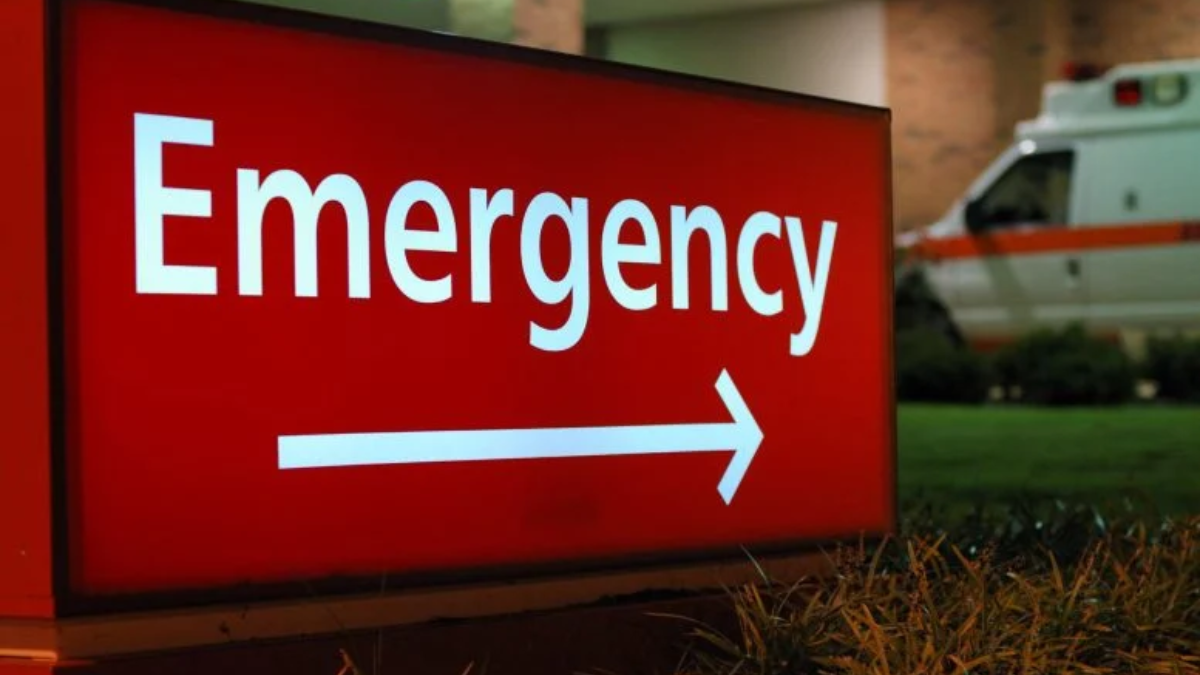Hospital emergency rooms (ERs) are critical units that provide immediate medical attention to patients in urgent or life-threatening conditions. ERs operate 24/7 and are designed to stabilize, diagnose, and treat emergencies such as accidents, heart attacks, strokes, and severe injuries. The efficiency and preparedness of an ER can be the difference between life and death.
Key Functions of Hospital Emergency Rooms
1. Immediate Medical Care
- Rapid assessment and treatment of critical patients.
- Stabilization of life-threatening conditions before further care.
2. Trauma and Accident Management
- Handling road accidents, falls, and injuries.
- Coordinating with surgical teams for urgent interventions.
3. Cardiac and Stroke Care
- Quick administration of medications or procedures for heart attacks and strokes.
- Use of advanced cardiac monitors and thrombolytic therapy.
4. Pediatric and Geriatric Emergencies
- Specialized care for children and elderly patients.
- Managing age-specific health complications.
5. Disaster Response
- ERs are the first point of care during natural disasters, epidemics, or mass accidents.
- Coordination with ambulance services and trauma teams.
6. Critical Diagnostics
- On-the-spot laboratory tests, X-rays, and imaging to make fast decisions.
- Rapid triage systems to prioritize patients based on severity.
Essential Staff in Hospital ERs
- Emergency Physicians: Make quick diagnoses and treatment plans.
- Trauma Surgeons: Perform urgent surgeries if needed.
- Critical Care Nurses: Monitor vital signs and assist in emergency care.
- Paramedics: Provide pre-hospital care and transport patients.
- Support Staff: Manage logistics, patient flow, and documentation.
Equipment in Emergency Rooms
- Ventilators and oxygen supply for breathing emergencies.
- Defibrillators for cardiac arrests.
- Trauma beds and stretchers for accident victims.
- Emergency medication kits for immediate use.
- Monitors for blood pressure, heart rate, oxygen levels, and ECG.
Challenges Faced by Hospital ERs
- Overcrowding due to high patient inflow.
- Limited availability of beds and resources in peak hours.
- Shortage of trained emergency staff in some hospitals.
- Managing critical cases while attending to minor emergencies.
- Emotional stress and burnout among ER staff.
Role of Ambulances and Pre-Hospital Care
- Ambulances equipped with life-support systems reduce patient mortality.
- Paramedics stabilize patients during transport to the ER.
- Quick communication with the ER team prepares them for incoming emergencies.
Future of Hospital Emergency Rooms
- Tele-ER Services: Virtual triage and remote consultations.
- AI in Triage: AI algorithms to prioritize patients quickly.
- Smart ER Design: Efficient patient flow, automated monitoring, and resource allocation.
- Advanced Emergency Training: Simulations and virtual reality for staff.
- Global Emergency Protocols: Standardized care practices across hospitals.
FAQs on Hospital Emergency Rooms
1. What is the purpose of a hospital ER?
To provide immediate care to patients in life-threatening or urgent conditions.
2. Are ERs open 24/7?
Yes, they operate round the clock to handle emergencies at any time.
3. What types of emergencies are treated in ERs?
Accidents, heart attacks, strokes, burns, severe infections, and injuries.
4. Who works in the ER?
Emergency physicians, trauma surgeons, critical care nurses, paramedics, and support staff.
5. How are patients prioritized in an ER?
Through triage, where the most critical patients receive immediate attention.
6. What equipment is essential in an ER?
Ventilators, defibrillators, trauma beds, emergency medications, and monitors.
7. How do ambulances support ER services?
By providing pre-hospital care and stabilizing patients en route to the hospital.
8. What challenges do ERs face?
Overcrowding, limited resources, staff shortage, and high-stress conditions.
9. How can technology improve ER services?
AI triage, tele-ER, smart monitoring, and virtual training for staff.
10. Why is the ER important for community health?
It provides life-saving interventions and supports disaster and emergency preparedness.

